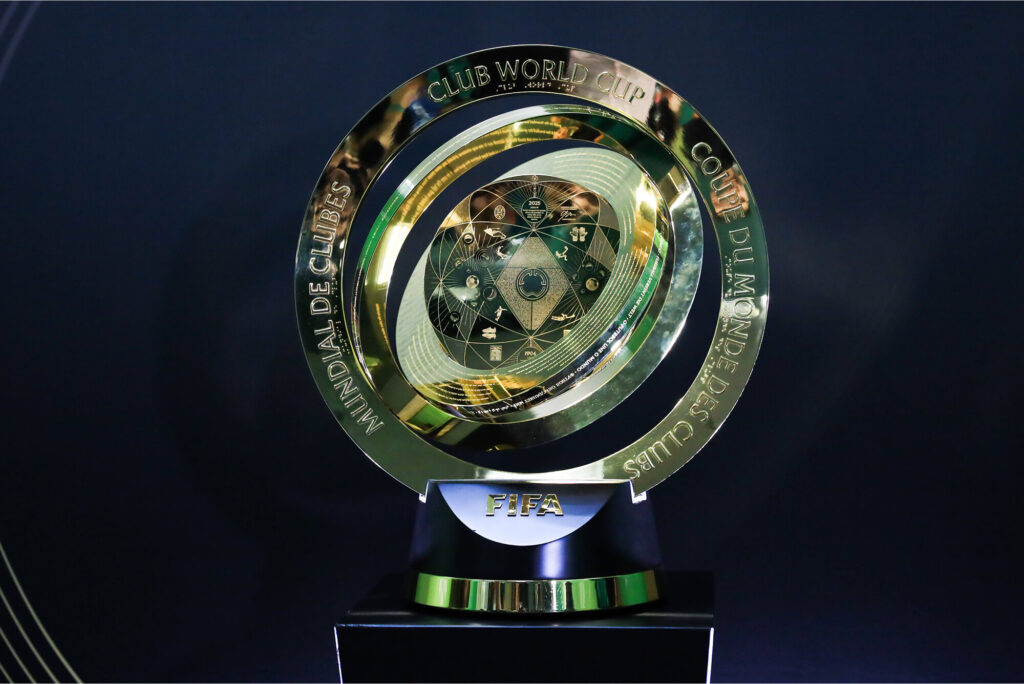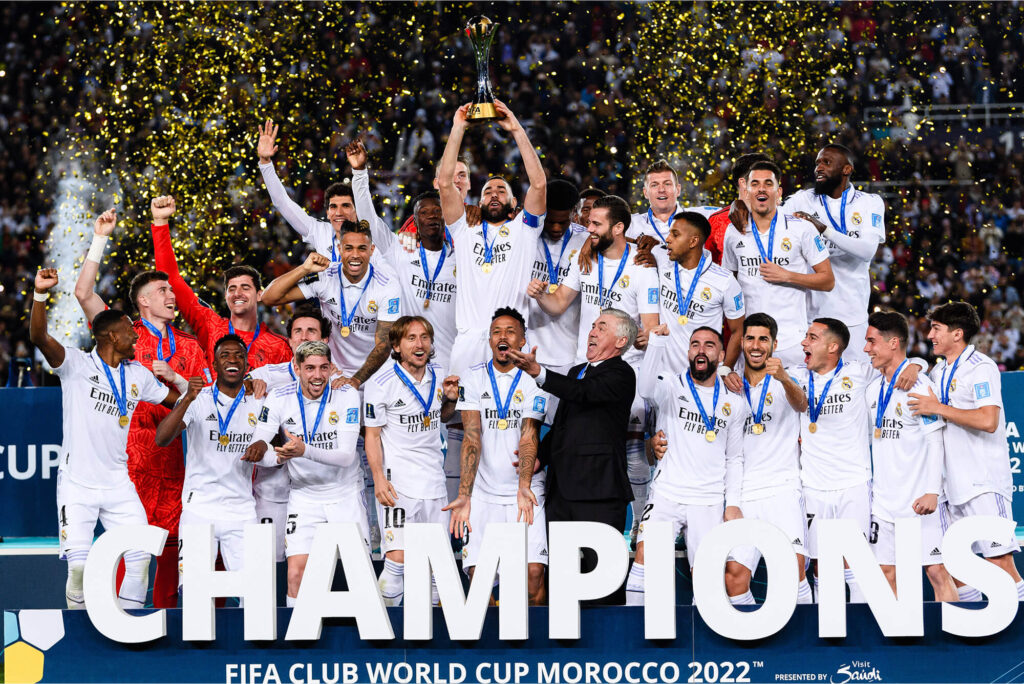The 2025 FIFA Club World Cup is set to be a landmark event in global football. For the first time, the tournament will feature 32 club teams from around the world and will be hosted in the United States. Often seen as a minor event in the football calendar, the Club World Cup is now being reimagined into a tournament that resembles the FIFA World Cup in structure and scale. This change is not just a format update—it represents a significant shift in how club football is organized and experienced globally.
Why FIFA Changed the Tournament
The old-style Club World Cup was first held in 2000. It had a small number of teams – normally seven – with European and South American champions joining for the semifinals. Though technically a world championship, it generated little interest beyond the regions of the involved teams. It was seen as an obligation by fans of European champions, who have dominated all the tournaments since 2013.
FIFA, with President Gianni Infantino, recognized that they needed to renovate the tournament. They aimed to provide an opportunity for more clubs from various continents to feature on the global stage. With the increase to 32 teams, top clubs from Africa, Asia, North and South America, and Oceania get a chance to display their skill. This makes the event global in participation and viewership.
The shift also fits into FIFA’s wider plan to enhance its role in club football, an area traditionally controlled by continental associations such as UEFA and CONMEBOL. By staging a mega club competition every four years, FIFA becomes a key player in the club game, not only the international game.

What’s New in 2025
The 2025 CLUB WORLD CUP comprises 32 teams from the six confederations much like the FIFA World Cup for national teams. The qualifying system has been designed to preserve the balance between performance and global representation.
- UEFA (Europe): 12 teams – Winners of UEFA Champions League from 2021 to 2024, and additional clubs based on ranks.
- CONMEBOL (South America): 6 teams – Winners of Libertadores from 2021 to 2024, and the others as per rank.
- AFC (Asia), CAF (Africa), and CONCACAF (North and Central America): 4 teams each – Winners from each continent’s Champions League during the qualifying period.
- OFC: 1 team: Typically top-rank, or winning a playoff.
- Host country (USA): 1 club – Likely to be a top MLS team.
The format is very simple: eight groups of four teams each, followed by the knockout stage. One of the distinguishing features is that matches will be played in June and July 2025, so that there is no clash with ordinary club seasons.
This makes for wonderful publicity; transforming what was, till now, a very short week-long event into a month-long football festival. More games indicate more fan interaction, commercial revenue, and global recognition for clubs and players.
You can read more about it here.

Why the U.S. Was Chosen as Host
The United States will soon be at the center of the world when it comes to football. It hosted the 2024 Copa América, and will host the 2026 FIFA World Cup and the 2025 Club World Cup. FIFA’s choice of the U.S. is a testament to the nation’s increasing interest and investment in soccer as increasing MLS viewership and record attendance at international friendlies and tournaments have proven.
Infrastructurally, the U.S. provides sleek stadiums, trustworthy logistics and a strong sport economy. Metropolitan areas such as New York, Los Angeles, Miami and Atlanta already attract major sporting events and have varying football fan communities.
There’s a strategic dimension too. FIFA is eager to develop the game in a market with enormous commercial appeal. Presenting a top club competition in the U.S. exposes fans to top clubs they might support at a distance, such as Real Madrid, Manchester City, Al Ahly, or Urawa Red Diamonds. It’s also an opportunity to expose international club football to supporters who otherwise might never experience their beloved teams firsthand.

How It Affects the Global Game
The new Club World Cup format will impact heavily on club football all over:
1. Famed in the Universe
Outside of Europe and South America, many clubs have difficulty getting attention on the global stage. This tournament has changed that by giving a bigger stage to African, Asian and American clubs. For instance, a club like Wydad Casablanca or Al Hilal might come toe-to-toe with giants like Bayern Munich or Chelsea in a duly meaningful setting.
2. Money and Sponsorships
With participation comes pay-outs-cash prizes and visibility. Clubs will attract sponsorships, sell merchandise worldwide, and increase their valuations. This can change the world for smaller clubs.
3. Development and Scouting
For young players in lesser-known leagues, the Tournament is the showcase. A standout performance could lead to moves to the top European leagues. European clubs will, on the other hand, use the event to scout talent in a competitive setting rather than in just youth tournaments.
4. Concerns About Calendar Congestion
Not all reactions have, however, been positive. The European Club Association and top managers raised concerns for the players’ burnout and overload of the schedule. Making another month-long tournament on the football calendar means stretching players too far. International tournaments, domestic leagues and continental club competitions are taking precedence already.
What It Could Look Like in the Future
If successful, the 2025 Club World Cup could redefine how fans perceive the global club competition. While the Champions League has been placed on a pedestal as the paramount global club football competition, the Club World Cup might compete for that premium status.
There are even rumors that the competition might expand even further in future editions or go to complex qualification systems. China, Saudi Arabia or Australia might host the event in future years to raise the profile of their football.
One of the evolving features is the developing influx of club rivalries outside Europe. There might be clashes of Flamengo against Kashmira Antlers or Monterrey against Al Hilal, creating stories and cultures.
FIFA has officially confirmed that the expanded Club World Cup will be held every four years, replacing the smaller version held every year. This puts the bigger event away from a packed calendar and creates anticipation on the level of the World Cup or Euros. This also allows the clubs to plan and qualify over a longer period.

A New Era for Club Football
The 2025 Club World Cup is a watershed moment for world football. With 32 teams, a month-long format and the United States hosting, it’s the largest version of the competition ever staged. It is evidence of FIFA’s vision to make club football truly global and to access new markets, audiences, and sources of revenue. Though the expanded format is challenging, it also provides thrilling opportunities for clubs, supporters and players worldwide. And if it works, this could rank as one of the most significant fixtures in the football calendar. Something that best celebrates the global reach of the club game.
